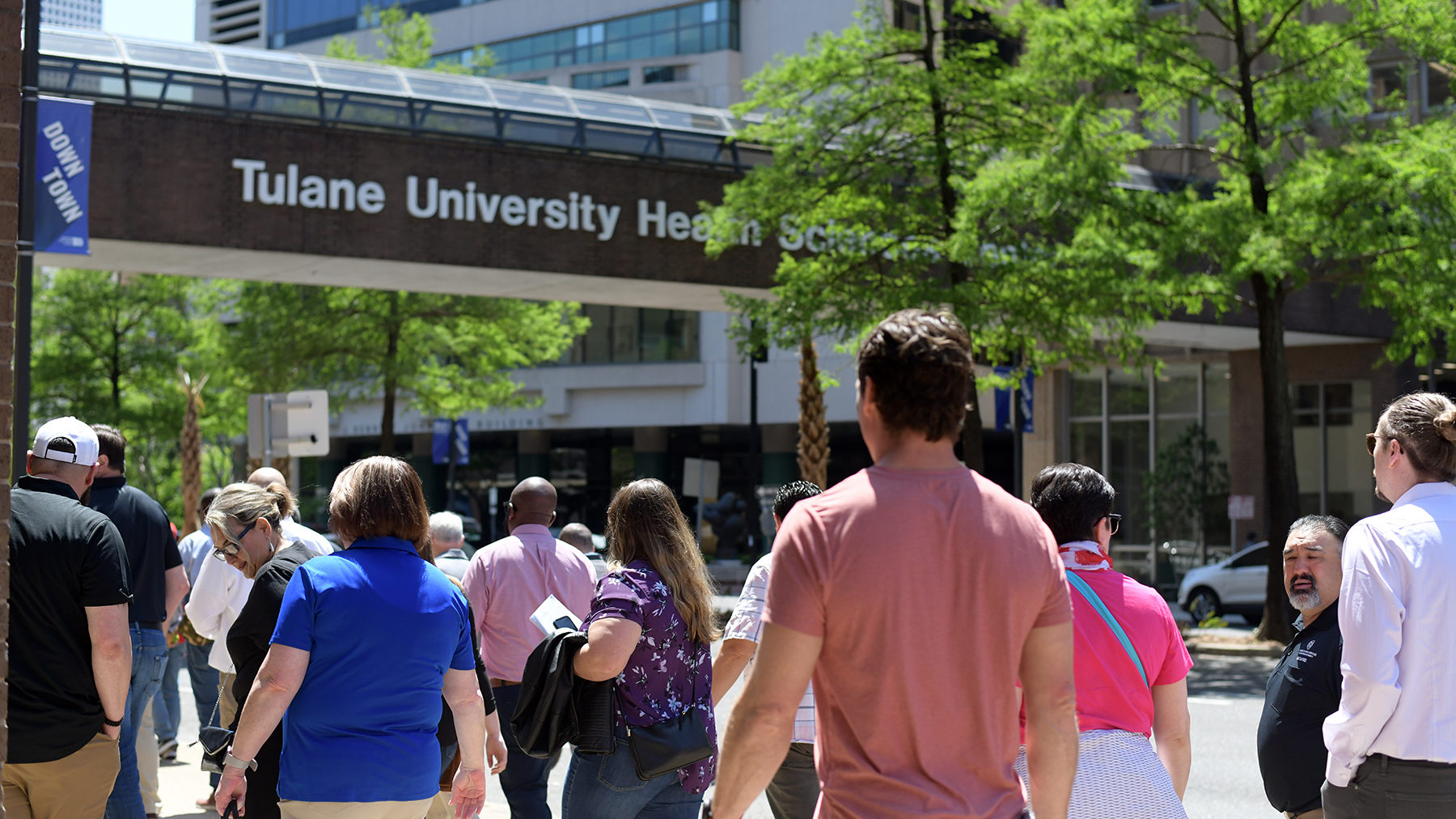
Kicking off last week’s APPA Spring Conference in New Orleans, 98 members joined a behind-the-scenes tour of Tulane University to explore how the institution is tackling facilities challenges with a blend of innovation, sustainability, and long-term vision. The tour offered a ground-level look at how Tulane is reimagining its campus while preserving the architectural heritage that defines its identity—an experience that brought theory into practice for APPA professionals navigating similar issues on their own campuses.
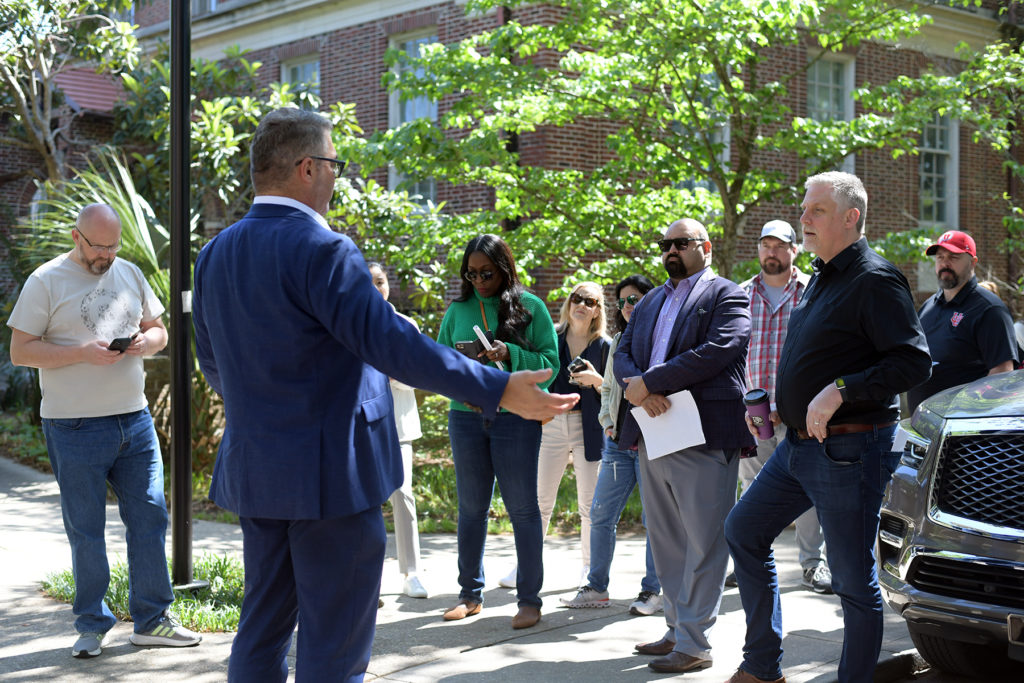
Many thanks to Tulane University and Jeff Benjamin, P.E., CEFP, for guiding us through this detailed exploration of campus planning and operations. The tour began on the north campus and progressed through the historic core, offering a close-up view of how Tulane balances its architectural legacy with forward-thinking strategies. Key stops included Richardson Memorial Hall, Gibson Quad, Johnston Quad, Newcomb Quad, the Richardson Building, and the Joyce Franke Menschel Art Wing—each demonstrating a thoughtful integration of historic preservation and modern functionality.
At Power Plant Building 86, participants explored how Tulane is reimagining central infrastructure to support renewable energy and carbon reduction goals. The group also examined tools and strategies for monitoring building use, structural health, and energy performance—key considerations when addressing deferred maintenance and the complexities of managing aging assets.
Additional stops at Yulman Stadium and the Tulane Medical Center highlighted how the university is aligning infrastructure investments with broader goals around adaptability, wellness, and community partnerships. Throughout the tour, Tulane’s use of sustainable resources—such as energy-efficient systems, green building practices, and campus-wide recycling—underscored a strong commitment to environmental stewardship.
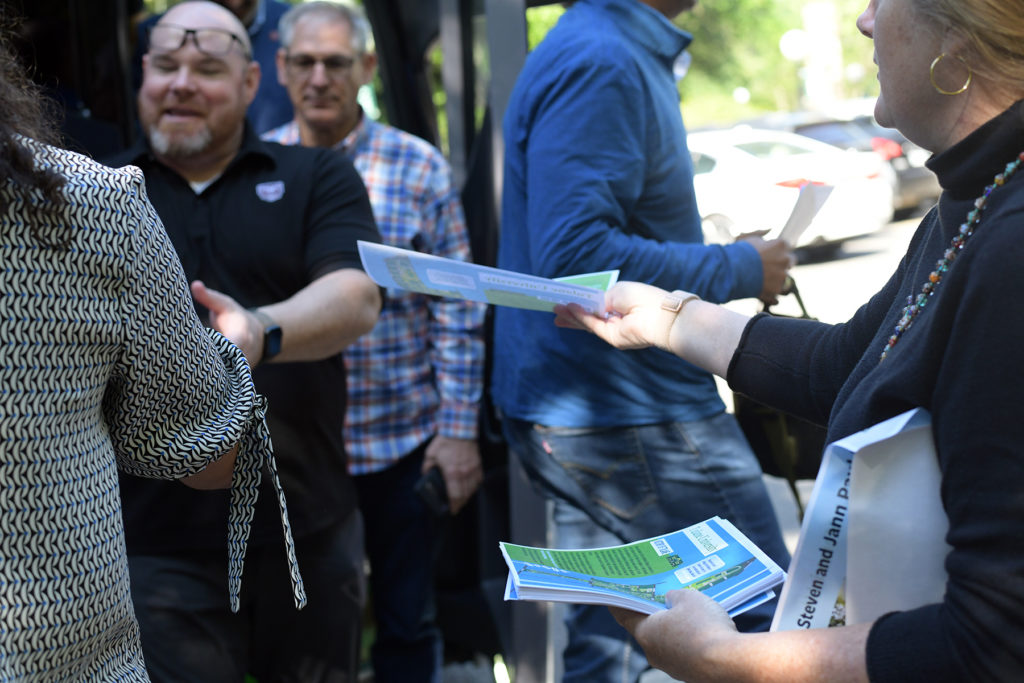
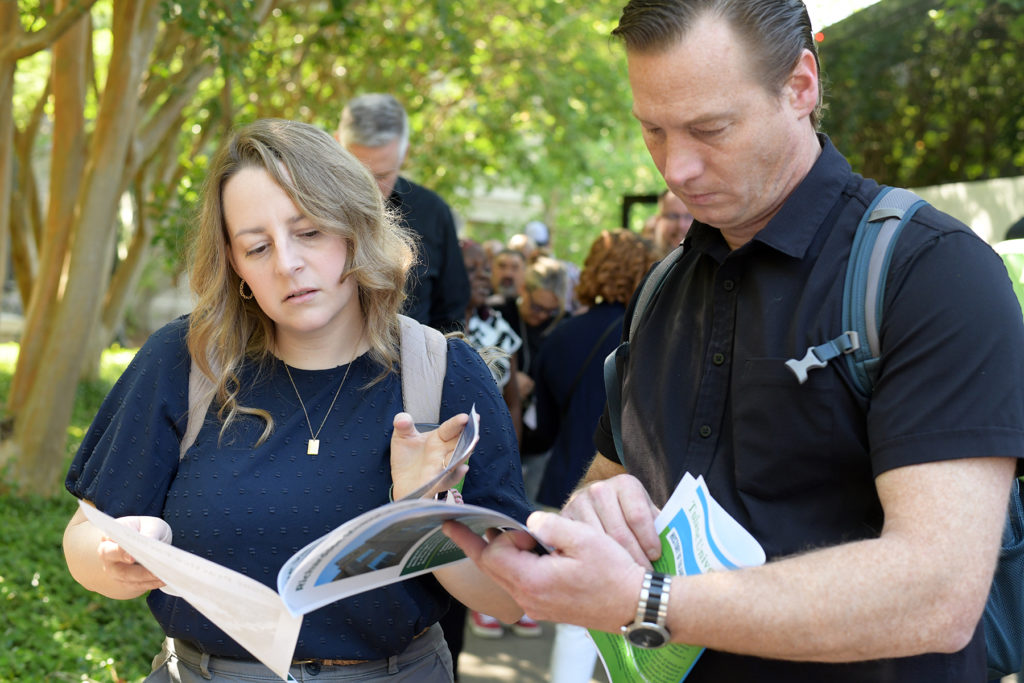
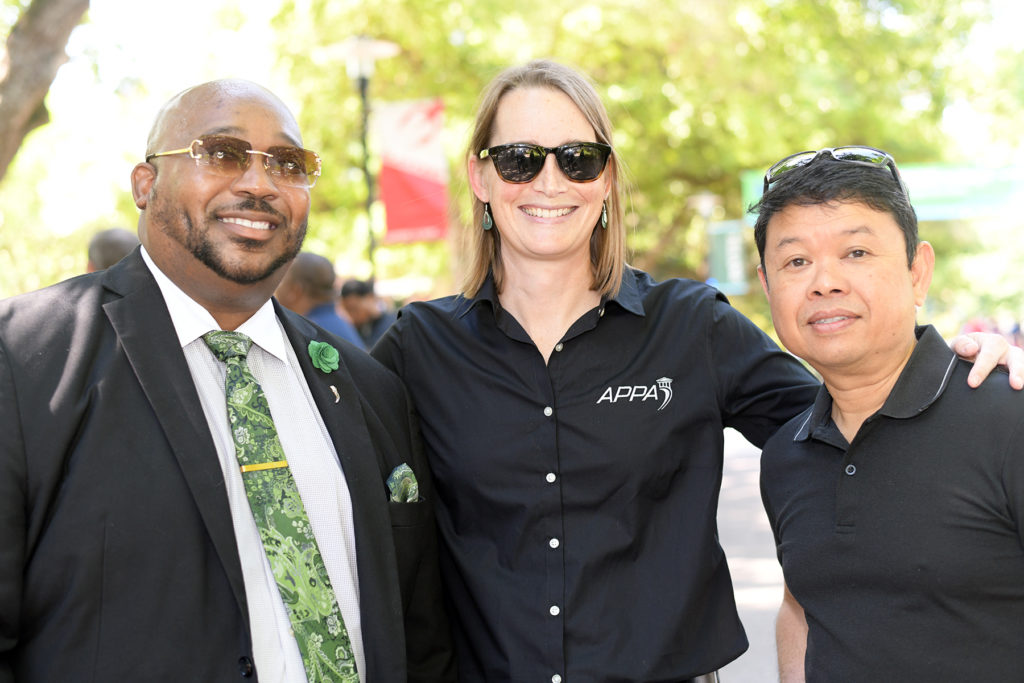
The tour concluded at the iconic Charity Hospital, which had remained vacant since Hurricane Katrina. Tulane’s ongoing work to bring the historic structure back to life as a medical facility reflects a long-term vision grounded in both civic responsibility and strategic growth.
These site visits offer APPA members tangible insights into how peer institutions are tackling similar challenges. Seeing real-world solutions in action—especially those that blend innovation with stewardship—enhances the collaborative learning environment we cultivate at our conferences. Tours like this deepen our collective understanding, spark new conversations, and provide valuable context that members can take back to their own campuses.
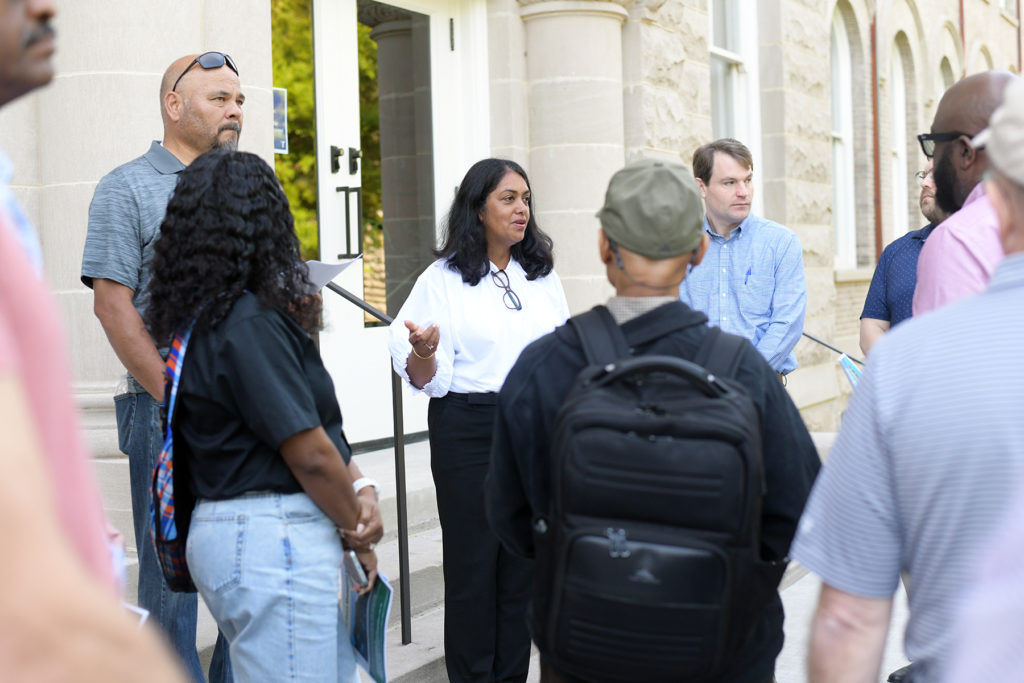
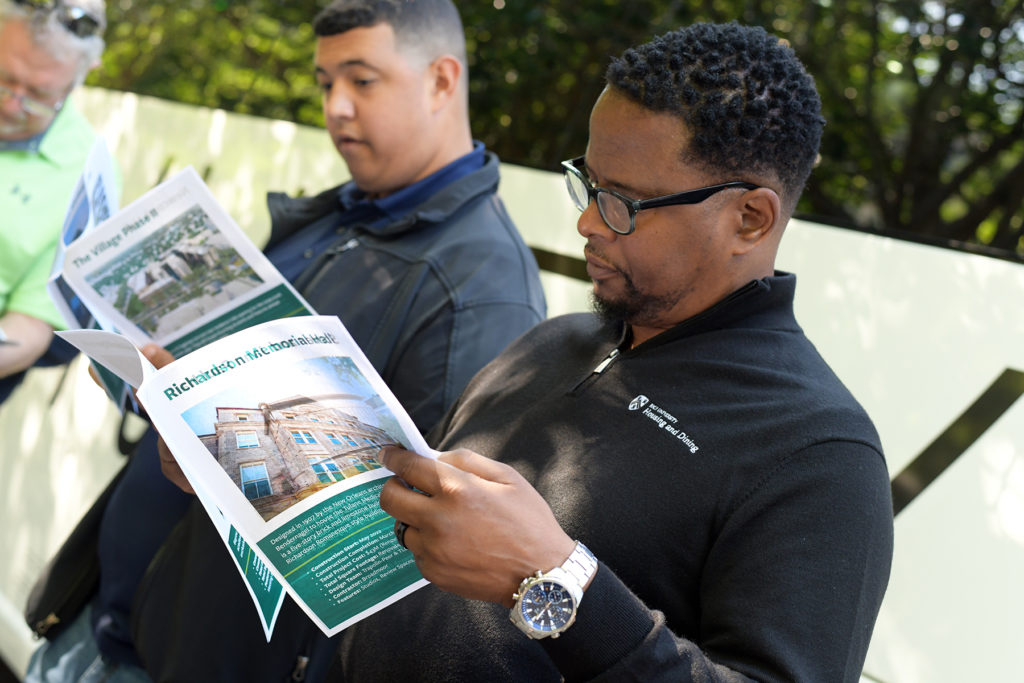

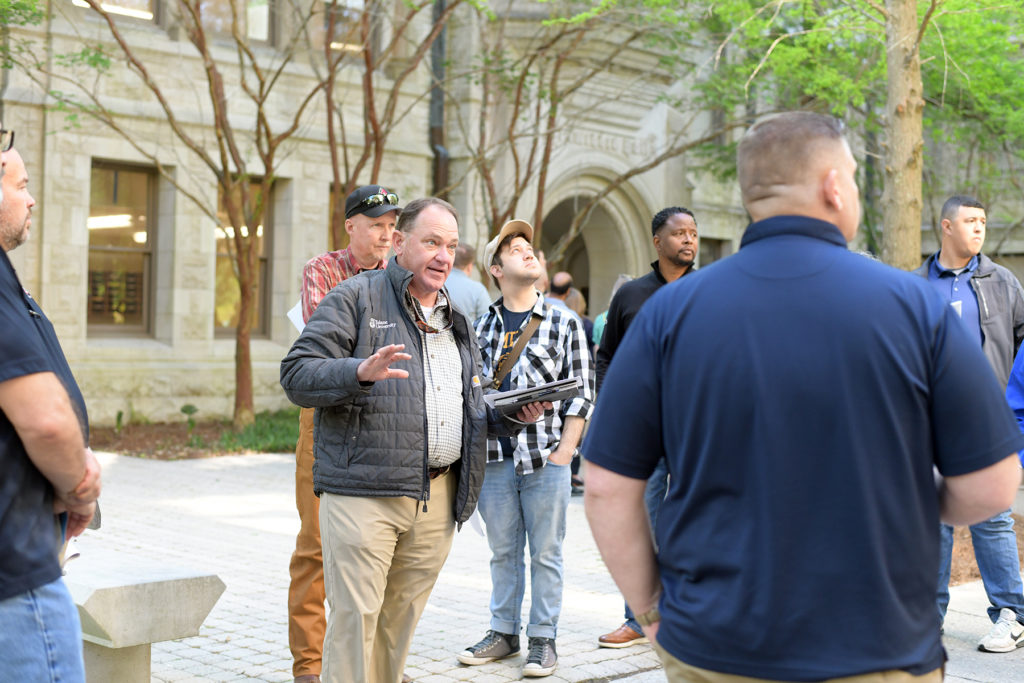
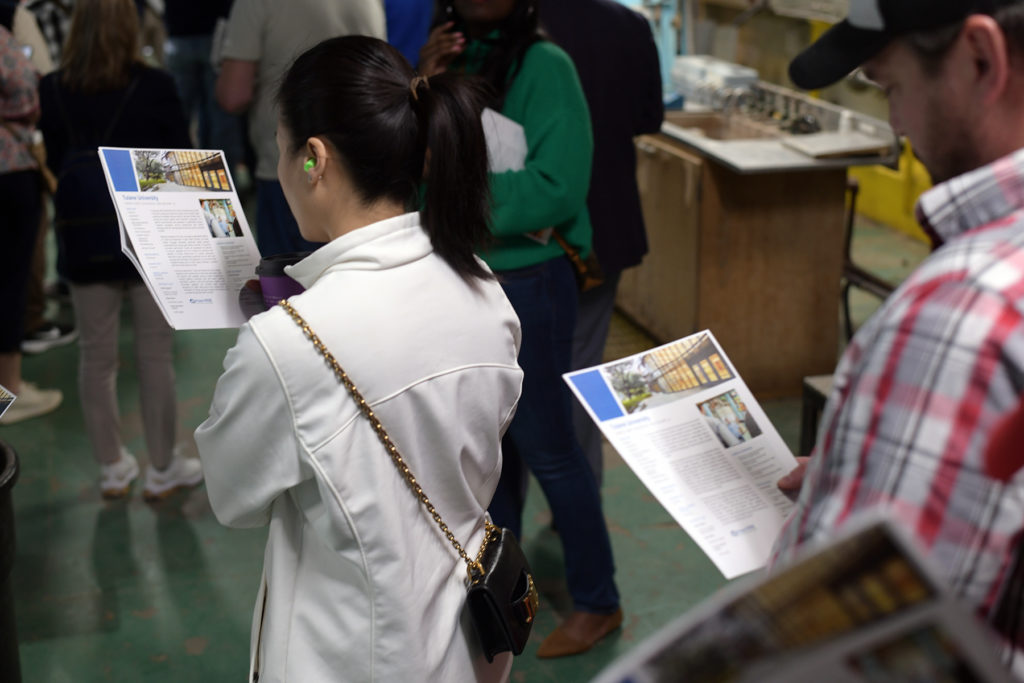
 Create an Account
Create an Account
 Login/myAPPA
Login/myAPPA
 Bookstore
Bookstore
 Search
Search  Translate
Translate 

